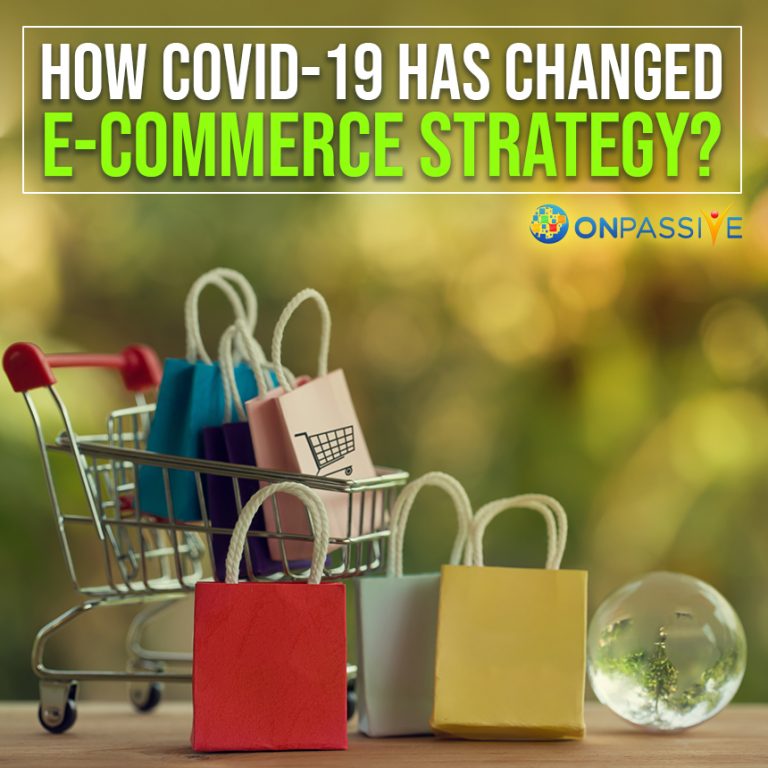
The Covid-19 pandemic has grown from a regional Chinese public health emergency to a global crisis very rapidly. It is a clear indication of a very dynamic situation. While we all hope for a quick stabilization and drop in both the speed of infection and mortality, we still do not know the duration, extent, or impact of this coronavirus.
For business leaders, this gives an entire host of essential questions extending from employee health to approaching consumer trust, supply chain disruption, and business flow. Hopefully, these challenges are short-term, but for brands and retailers, what are their implications for eCommerce in the short and in longer-term?
Digital Commerce Strategy
Leading retailer’s digital commerce strategy transformed markedly after the coronavirus spread in the U.S., indicating new best practices that marketers are required to adopt for the long-term. Larger retailers have modified their digital marketing strategies quickly in response to the global pandemic.
Few of these modifications are temporary, but many are here to stay as the emergency grows. Marketers are required to stay tuned and adapt their strategies subsequently. Based on various brand’s responses to the pandemic, research indicates 4 best practices for marketers.
Instant Actions for B2C Businesses
• Safeguard brand reputation by preventing price gouging
The first stages of the COVID-19 outbreak have shown us the growing demand for medical supplies and household goods led to hefty price hikes and a drop in inventory across digital commerce platforms. Sections with a higher percentage of third-party merchants saw significant price gouging.
For example, on Amazon, the average cost for best-selling medical supplies, like bulk thermometers and face masks, rose by almost 28% in the first part of 2020 compared to the first section of 2019. Rates for best-selling face masks shot up by nearly 197% on average, showing that customers were still ready to buy the products despite much higher costs.
Analysis reveals that a specific Amazon medical supply brand had the most significant share of face masks on the Amazon Best-Sellers page. In contrast, 3M, a national industrial and scientific supplies retailer had no best-selling products during this period.
In these kinds of situations, it’s necessary to plan for brand protection. Brands that operate in specific sectors are seeing elevated customer demand must consider partnering with e-tailors to restrict third-party sellers on these platforms from gouging prices on their products.
• Add an information hub to brand pages
An information hub serves retailers and brands to attain consumer trust and reduce the stress of purchasing necessary goods during social distancing. For instance, home care brands have accommodated their brand sites into information hubs in January 2020. Their website content focused on presenting background information and addressing frequently searched queries about the virus and how to prevent its widespread.
Maybe in the next month, most of the brands received as much as 15 times more than their past year’s monthly average visitors. For brands, the most viewed webpage in February 2020 was the COVID-19 information page, followed by the pages for their disinfectants.
• Respond quickly to secondary consumer needs
Customers have begun looking for small electronics brands such as Samsung and Logitech on Walmart. People were adjusting to schooling or working from home. Searches for laptops have also expanded. Brands responded by raising their search investments on websites like Walmart and Amazon. Laptop brands such as Apple and Samsung increased their search ads on Amazon in mid-March to acquire customer demand. As secondary requirements rise during the crisis, marketers must respond promptly to ensure that they are in top minds in this challenging retail environment.
• Update fulfillment policies and communications
Employee security and consumer expectations are top priorities. A website probed a group of digital commerce retailers between January to April 2020 to see when and how they interacted with WHO and CDC inventory updates, general information, and guidelines. Most dominant retailers, including Best Buy, Amazon, and Walmart, devoted a webpage to describe the modifications they had made to support in mitigating health risks and the deficiencies occurring due to panic buying.
Retailers must use their email and homepage to communicate modifications of their policies and the steps they’re taking to restrict the spread of the virus and maintain effective communication with consumers.
Conclusion
The COVID-19 outbreak is prompting significant adjustments in customer buying practices, including much higher dependence on digital retail. Brands must update their fulfillment strategies, refocus their digital marketing spend, and utilize insights from category variations to make decisions about more efficient ways to reach consumers during the crisis and beyond. And can bring real shifts in how consumers depend on and use digital commerce strategy.


